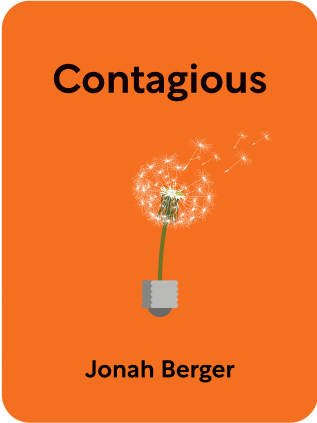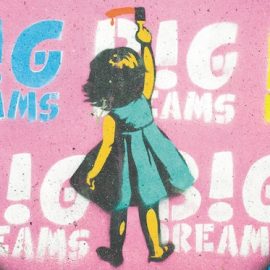

This article is an excerpt from the Shortform book guide to "Contagious" by Jonah Berger. Shortform has the world's best summaries and analyses of books you should be reading.
Like this article? Sign up for a free trial here .
How does emotional advertising work? What are some great examples of emotional advertising that you can learn from?
When people get emotional, they like to talk about how they’re feeling. When they do this, they share details about what made them so emotional in the first place. Therefore, if you can make your product or idea trigger an emotional response, you’ll get people talking not only about their feelings but about your product or idea, too.
Below you’ll find some powerful examples of emotional advertising in action.
Examples of Emotional Advertising
The below examples of emotional advertising show how effective targeting emotions can be. When people feel emotional about something, they are much more likely to talk about it. As such, targeting emotions is one of the most effective marketing strategies. Here are some key examples of emotional advertising:
Denise Grady’s Viral New York Times Article
Over ten years, Denise Grady had written numerous articles about science for the New York Times. Her articles had always been popular but had never become truly “contagious”—until October 27, 2008, when one of her pieces went viral.
The viral piece appeared to be quite dry. It was about fluid dynamics: specifically, how you can use a certain type of photography to capture an image of the airflow that’s released by a human cough. It was a technical article that discussed complex scientific techniques. However, it spread like wildfire among the general population.
The reason behind this article’s virality was the photo that accompanied it. It was an image of a person coughing captured using the technology Grady discussed and showed a huge, visible plume of air emanating from the person’s mouth. The photo was striking. It made people feel awed.
As awe is a high-arousal emotion, the readers of the article were driven into a state of action by what they’d seen. The action they chose was sharing the article with everyone they knew, thus making the piece go viral.
Marketing a Charity
You could try to make people feel angry, which is a common tactic when trying to generate word of mouth around a charitable, social, or political cause. For instance, imagine you’re trying to promote a charity that wants to tackle child poverty. In your marketing, you could include the stories of real-life families who’ve struggled to feed their children. At least some people will hear these stories and feel anger that families still struggle this way in the twenty-first century. Consequently, they’ll be more likely to spread the word about your cause.
Old Spice Uses Humor
Another possibility is to focus on adding humor to your brand’s slogan, TV ads, or radio spots. This will help you generate amusement in your potential customers. For instance, in 2008, Old Spice amused its customers by making its tagline “If your grandfather hadn’t worn it, you wouldn’t exist.”
Marketing Climate Change
For example, why might people want to support your climate change initiative? The practical answer might be because they want to stop the ice caps from melting. However, why do people want to stop the ice caps from melting? Because sea levels will rise, possibly flooding low-lying areas. Likewise, animals such as polar bears will lose their habitats. These prospects make people scared and angry. You’ve found the emotion-driven reason behind people supporting your campaign.
Placement Is Everything
Consider placing ads for your product or idea near a gym. Berger’s research has shown that exercise is very effective at generating physiological arousal. So, if you can catch people just after a workout, they might transfer their arousal to your product or idea.
Another option is to place TV spots for your product or idea just after the really exciting part of a TV show—for instance, just after the part of a game show in which the contestant finds out if they’ve won. The excitement of the TV show will have already generated physiological arousal in the viewer, and you can capitalize on that.
The above examples of emotional advertising will help you understand how emotional marketing works in action.

———End of Preview———
Like what you just read? Read the rest of the world's best book summary and analysis of Jonah Berger's "Contagious" at Shortform .
Here's what you'll find in our full Contagious summary :
- Why some new products and ideas gain widespread popularity while others fail
- The six principles to making your product or idea contagious
- The importance of word of mouth in marketing






